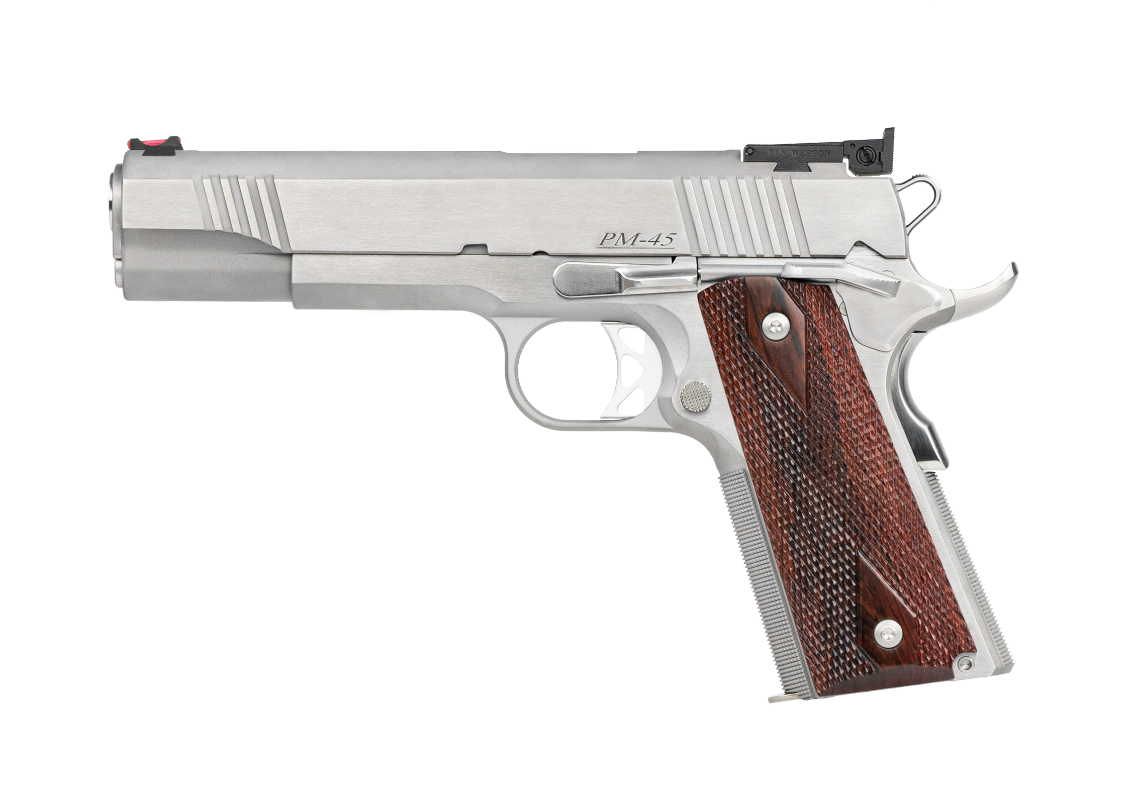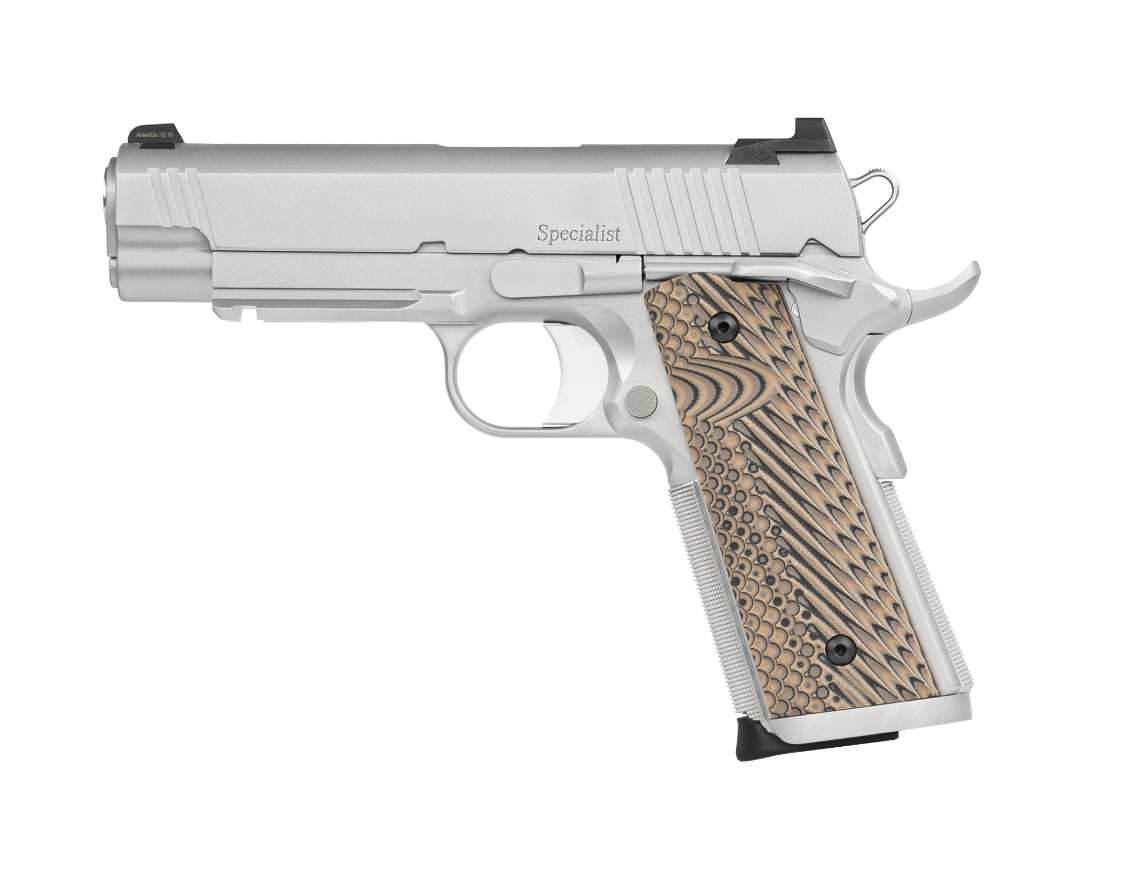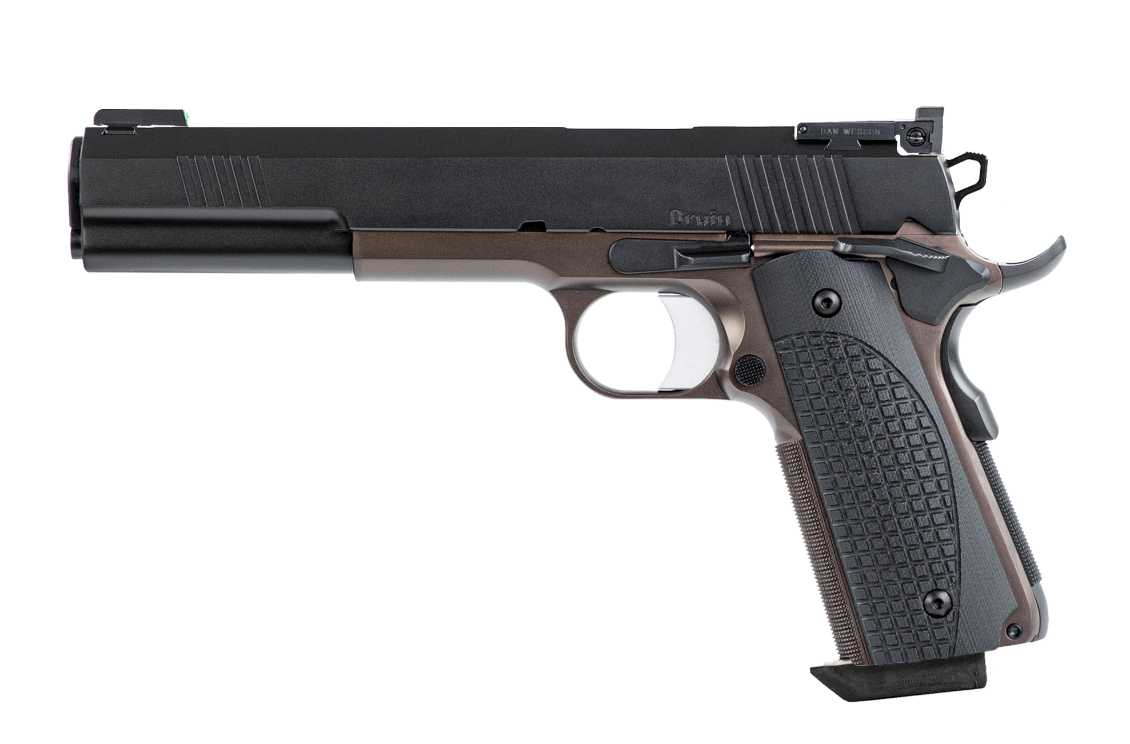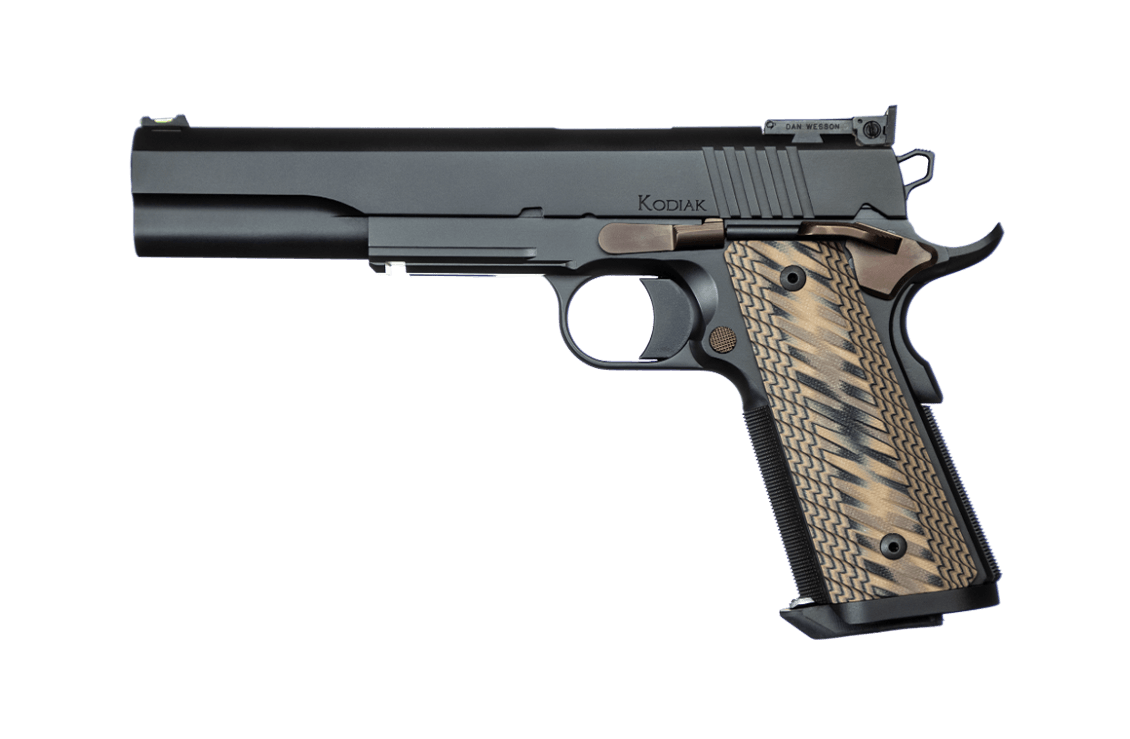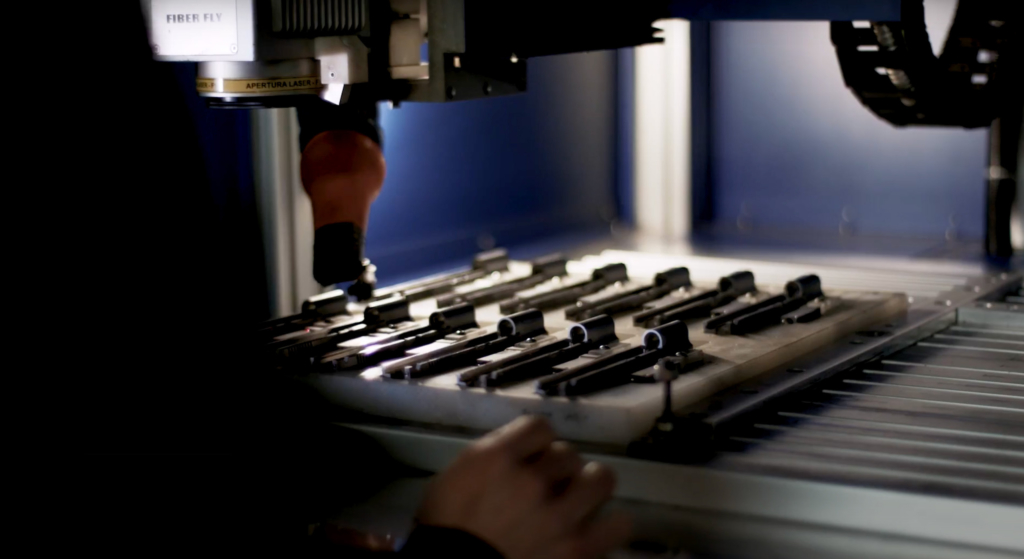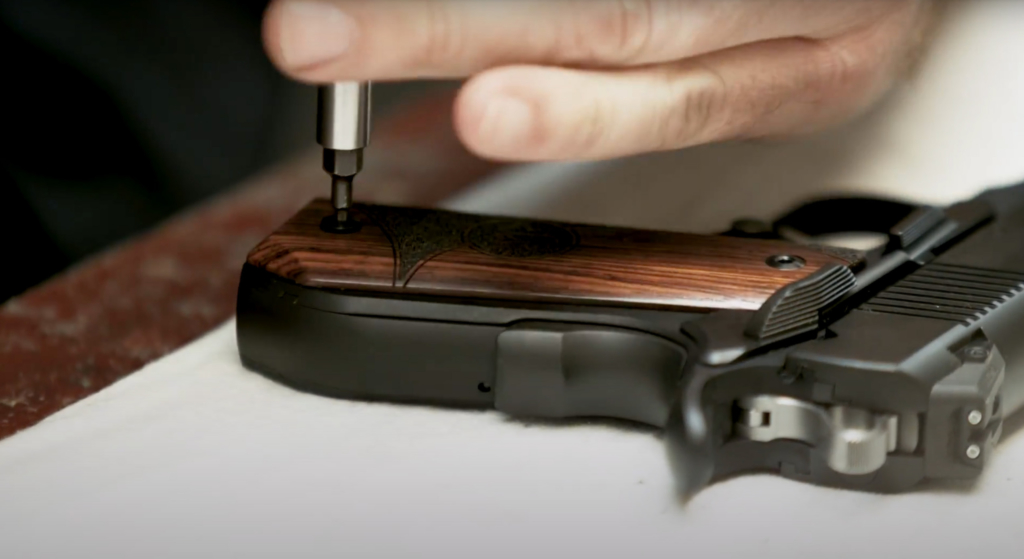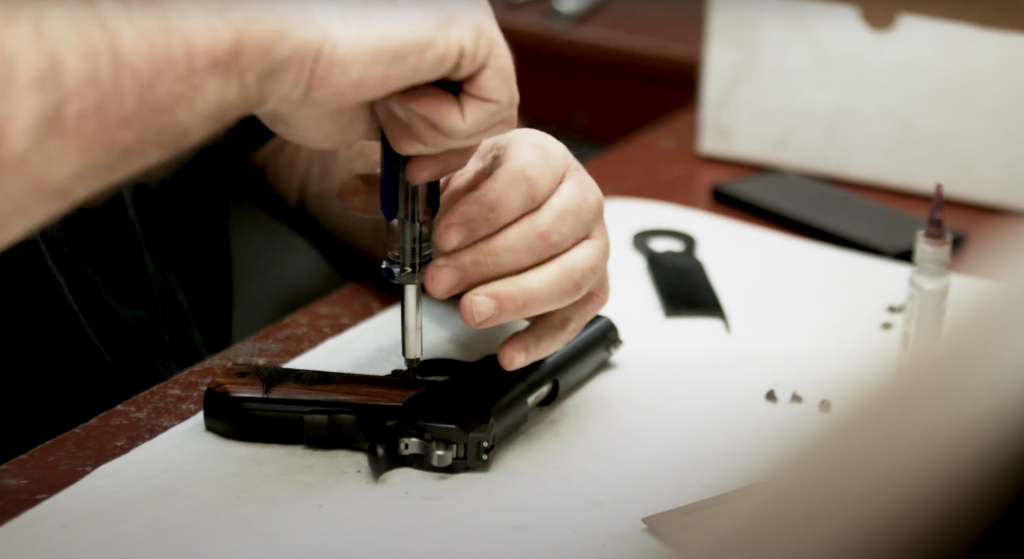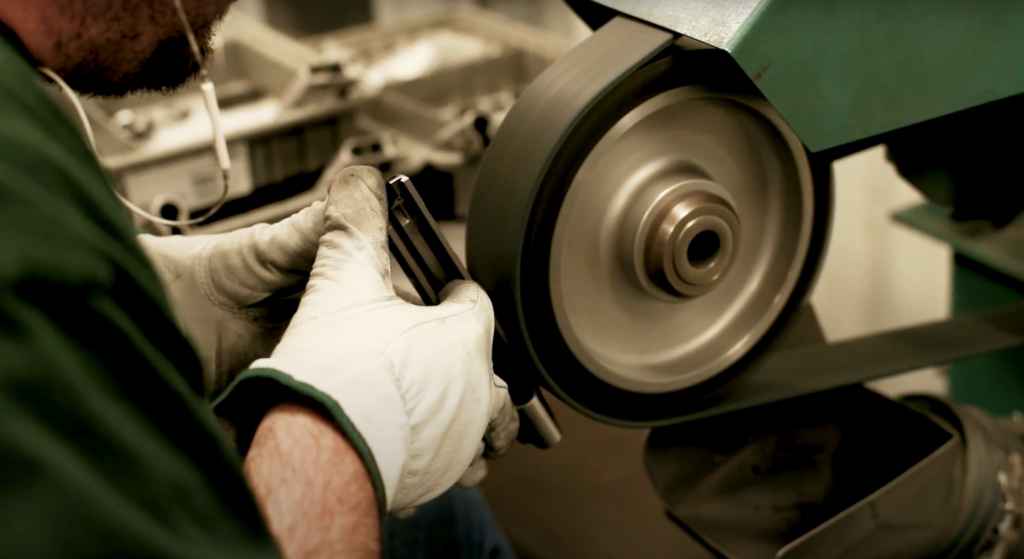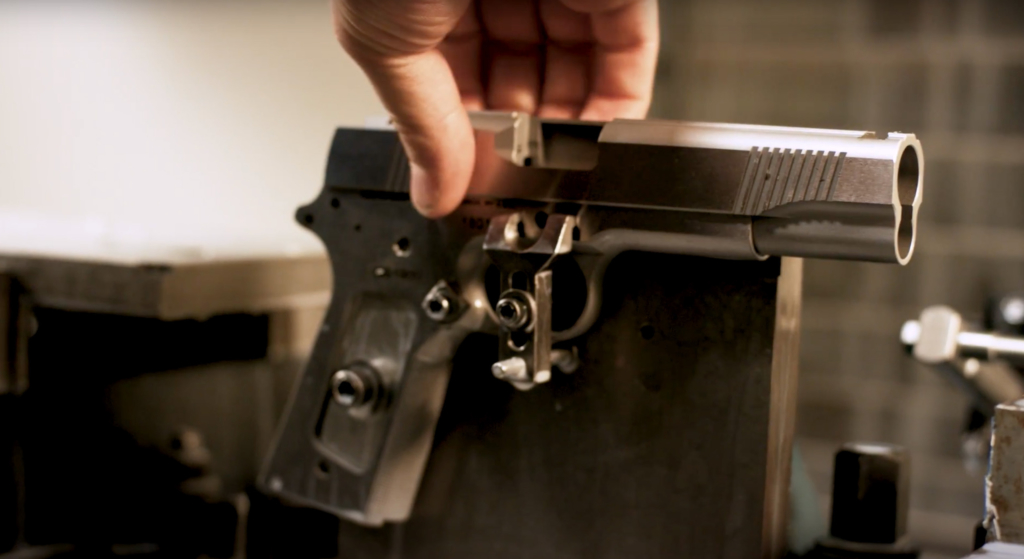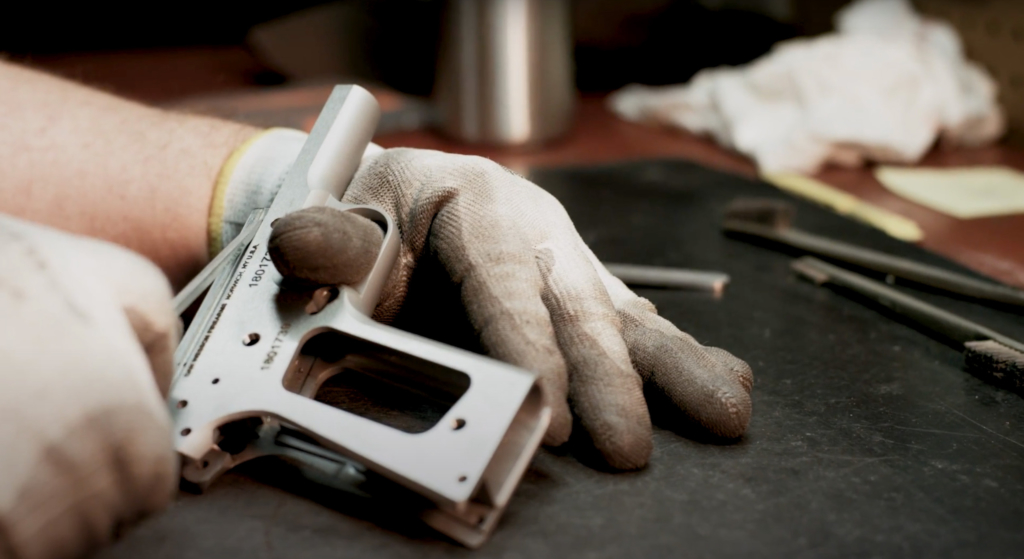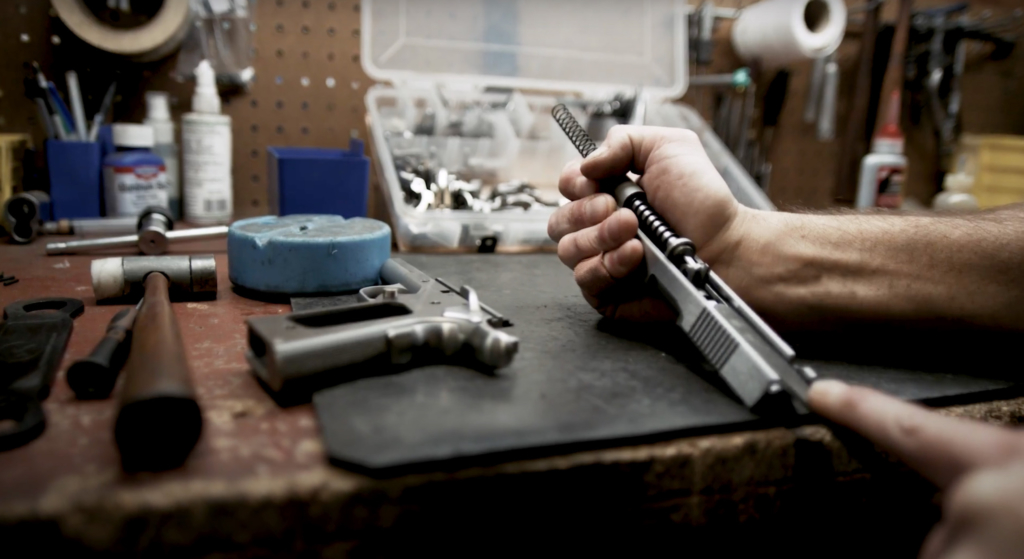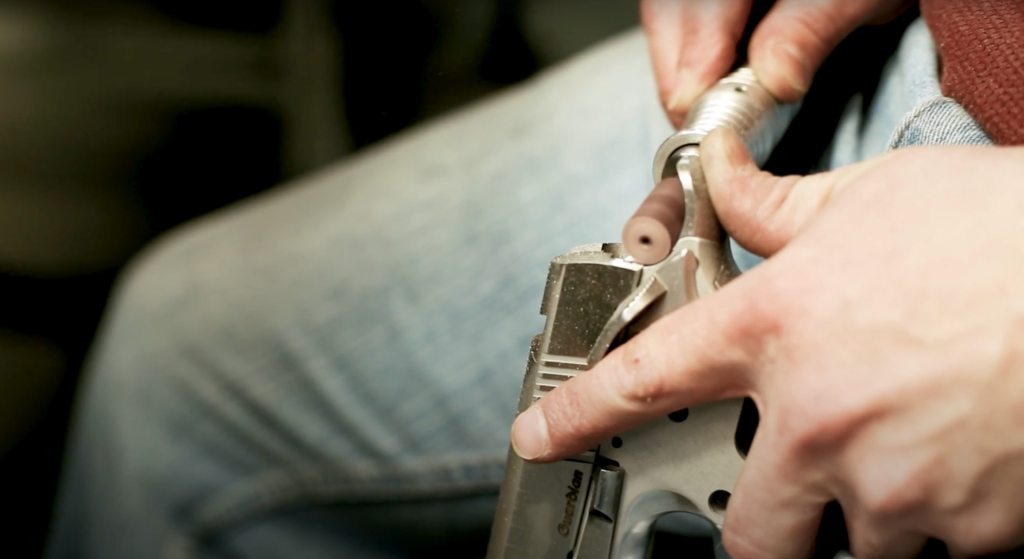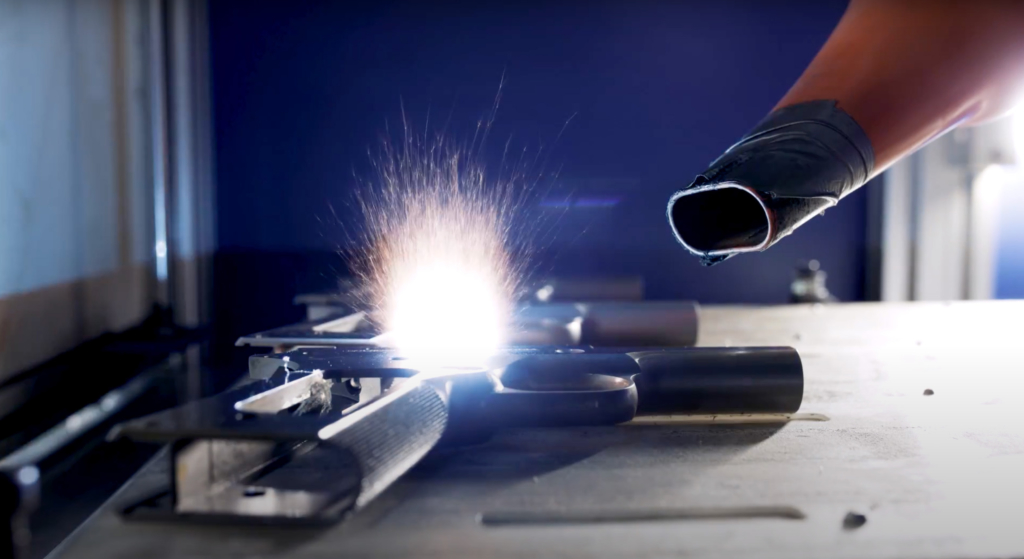Dan Wesson: The American Craftsman
As you walk in, the humming sound of machinery can be heard within the Dan Wesson factory in Norwich, New York. With every firearm being handmade, the factory constantly flows through processes—milling, polishing, test-firing—to ensure that every 1911 is made with quality. “The Dan Wesson brand stands for craftsmanship,” says Dan Wesson Vice President of Operations Keith Lawton. For decades Dan Wesson has set the standard for quality 1911s, evoking traditions of creativity, hard work, and exceptional craftsmanship.
“Unlike most firearms today, Dan Wesson firearms are assembled one by one, much like a custom gunsmith might build a pistol to your specifications,” says Keith. He would undoubtedly know; Keith has worked at Dan Wesson since 2003—before CZ-USA acquired the brand in 2005. Keith worked almost every job in the factory, from polishing and gunsmithing to assembly and management. “I’ve done everything besides run the CNC machines and programming,” he adds. Through the years, he has seen Dan Wesson grow, but one thing has remained the same—the commitment to excellence of the craft.
The craft behind each firearm is a matter of pride for Keith. He insists he cannot pick a favorite, considering he has been a part of each firearm’s design since taking the reins of the factory back in 2006. “We test fire every gun by hand and tear it all apart to blend, polish, and finish the gun,” he explains. “Lastly, we rebuild each gun with the originally fit components and inspect it before sending it for distribution. This step gives each firearm its personality. You can see and feel the life that each gunsmith has put into the gun.” This process is what sets Dan Wesson apart from its competitors.
Most projects begin with slides and frames in the machine shop. After this initial stage, the firearms move to assembly and top-end assembly phases; it is here that gunsmiths will fit sights and barrels and fine-tune extractors. Next, the firearm must go through rounds of bottom end configuration. “We still do hand fitting of parts,” says Keith “unlike most guns out there, there’s no parts just thrown into the gun.” A Dan Wesson goes through several more steps before being sent out to consumers, including polishing, finishing, treatments such as bluing, and test firing. From start to finish, a Dan Wesson is never mass-produced, and each piece is “a product that everyone would be proud to own and a product that I feel good about standing behind,” says Keith.
Like any form of true craftsmanship, quality matters, craftsmen of any trade understand the core concepts. Such as the quality of materials, the power of customization, and blending tradition with innovation; these are ideas that Dan Wesson knows well and executes with excellence.
This commitment to excellence and craftsmanship makes Dan Wesson unique and individual in a sea of mass-produced firearms. From its early days of world-class revolvers to the 1911 giant it has become today, Dan Wesson has thrived because it has remained committed to quality over quantity. It has retained the essence of what the brand has stood for since its conception: American craftsmanship.
Hand-built; built to last: The Craftsman Journal



